Driving an electric Volvo from Milan to Genoa was the perfect prelude to enjoying the arrival of one of the world’s most important sailing events: The Ocean Race. (Here all our post about The Ocean Race)

Doing it on board a 100% electric car branded Volvo, a premium sponsor that has supported the race for several years, prepared me to immerse myself in the central theme that unites Volvo and The Ocean Race: sustainability. Sailing and electric driving have several very interesting points of contact, starting with quietness and sustainability. It is well known that The Ocean Race – a race that in six months touches nine countries across the sea – is committed to the environment, with activities to collect data on the health of the oceans, information on their protection and scientific research. For a company like Volvo, on the other hand, recognised as a leader in the production of safe cars, this partnership underlines how today the concept of safety goes absolutely hand in hand with that of sustainability. (Here all our posts about Volvo)
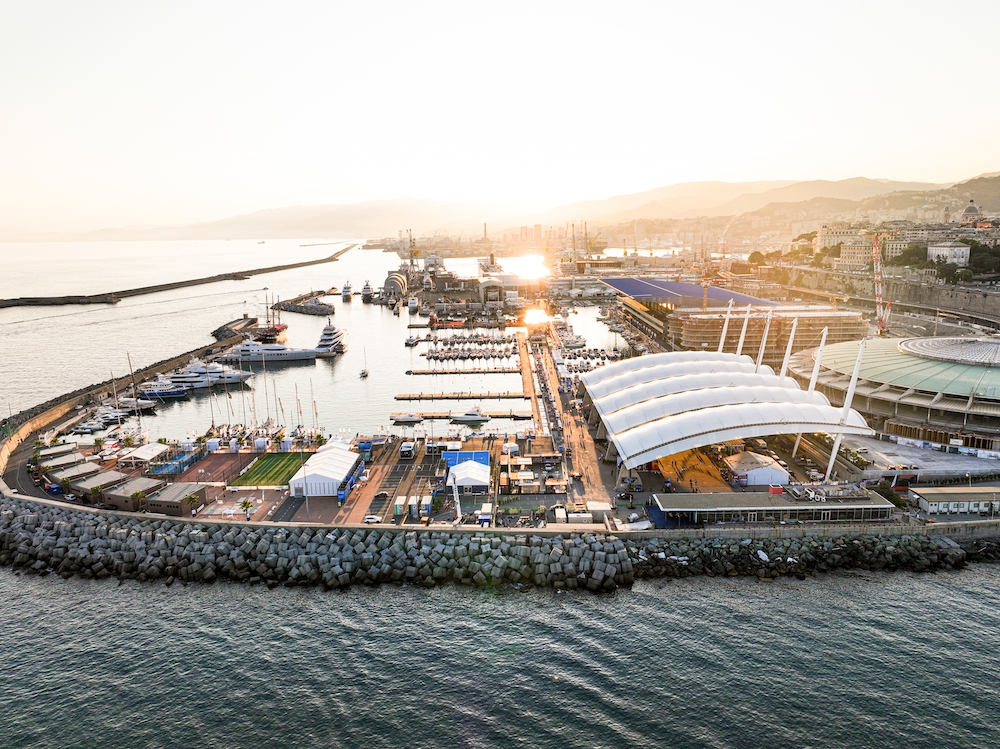
A safe car today is a sustainable car
Since the invention of the three-point seat belt in 1959, Volvo’s commitment to safety has never stopped. Today, however, safety not only means advanced driver assistance systems, it also means safety for the planet. An exciting video campaign launched a few years ago shows the work Volvo has done on safety over the years, with ever more timely and modern technology and crash tests. The video, however, ends with an image showing melting ice and an iconic phrase: the ultimate safety test today is climate change.
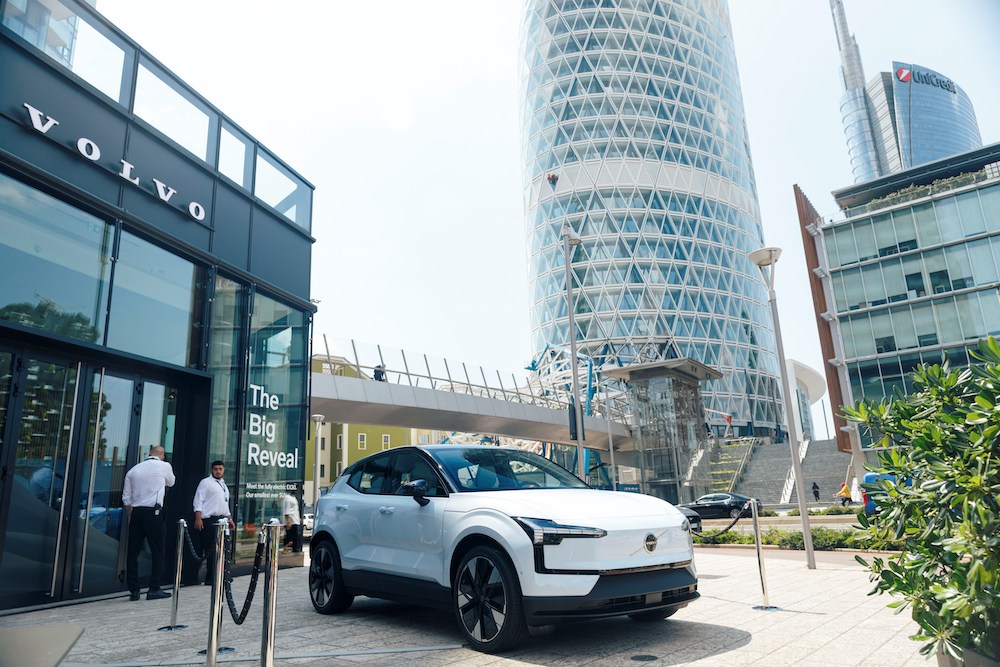
Volvo, circular economy at the heart of production
Volvo is clear about this challenge and is deploying all its resources to meet it. The priority for Volvo is to make the entire supply and production chain environmentally and energy efficient. The company’s path to becoming 100 per cent carbon neutral by 2040 includes the first step in 2030, when Volvo will produce only electric cars, but the steps involve the entire industrial process. In fact, the biggest impact of a vehicle on the environment is the production and disposal phase, and it is there that most of the efforts and investments are being directed.
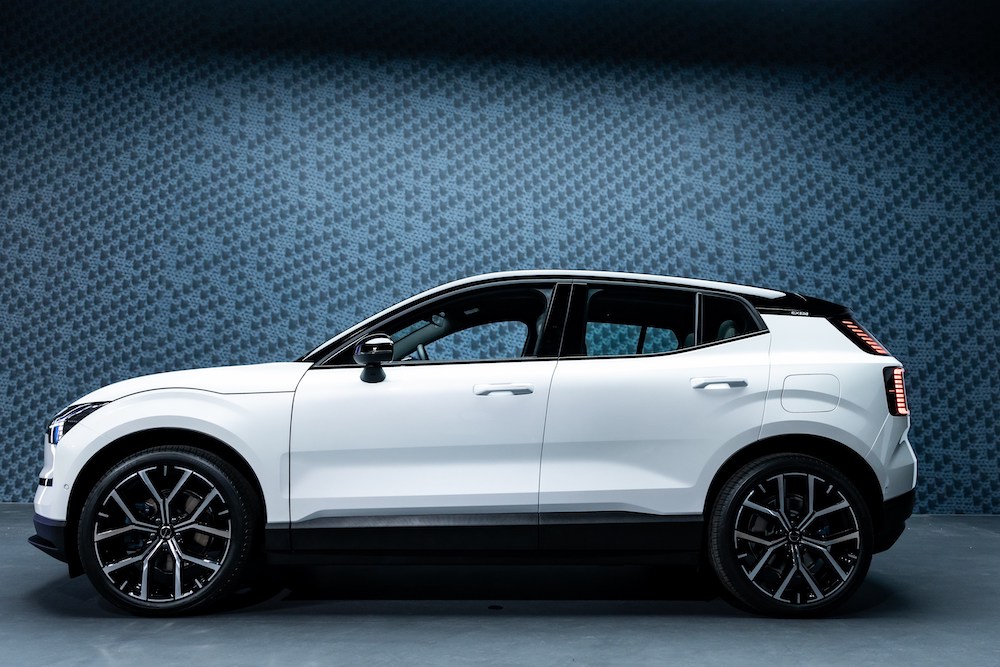
The partners with whom Volvo intends to work in the coming years are also all identified following the same principle: minimising the impact on the environment. One example is the agreement with SSAB, a Swedish steel mill that produces near-zero-emission steel using sustainable energy. Another efficiency-enhancing process that will be gradually introduced in all Volvo factories is mega casting. Thanks to this die casting system, invented by the Idra Group of Brescia, large structural parts of the vehicle are moulded in one process and in one piece. This reduces costs, waste and emissions compared to the more laborious process of printing all the chassis parts separately. Further proof of the Swedish company’s commitment is the Gothenburg headquarters, carbon neutral from 2021, a model that Volvo intends to extend to all its locations by 2025.
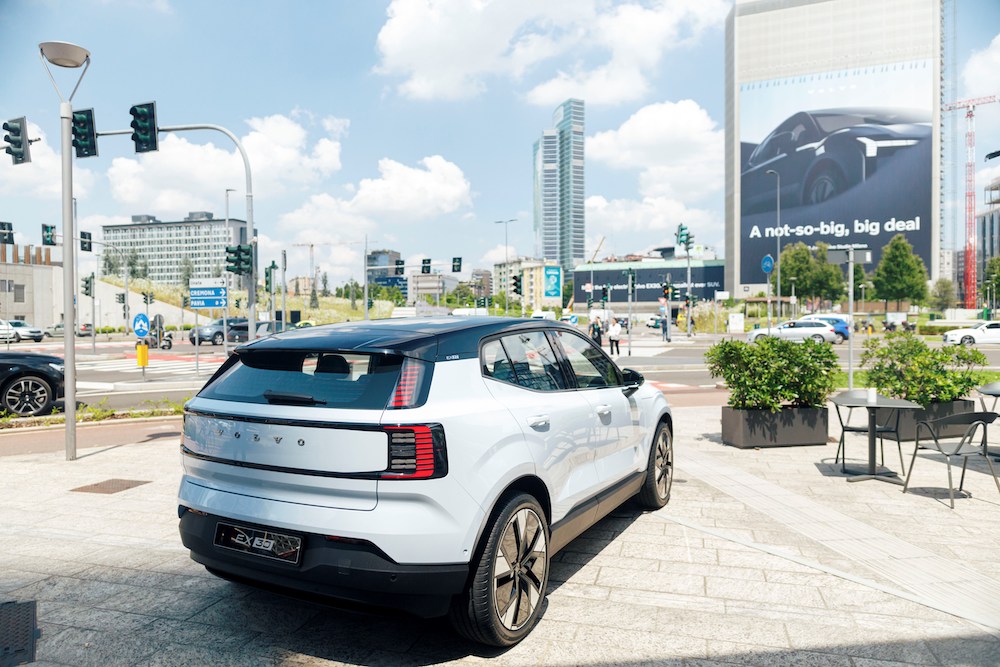
Volvo EX30: the state of the art in sustainability
All of Volvo’s efforts are summed up within the latest model presented: the EX30. This 100 per cent electrically powered car has a design intended to minimise end-of-life waste and optimise the reuse of all components. For the exterior of the EX30, around 25 per cent aluminium and 17 per cent recycled steel and plastic were used, while around 30 per cent of the interior decorative elements use recycled plastic and reused materials such as denim. All the components, from the position of the buttons to operate the windows to the screen/tablet to control the infotainment system, are designed to have a second use at the end of its first life cycle inside the car. For example, the audio system is integrated inside a soundbar, which is much easier to recover at the end of its life than the various components of a surround system.
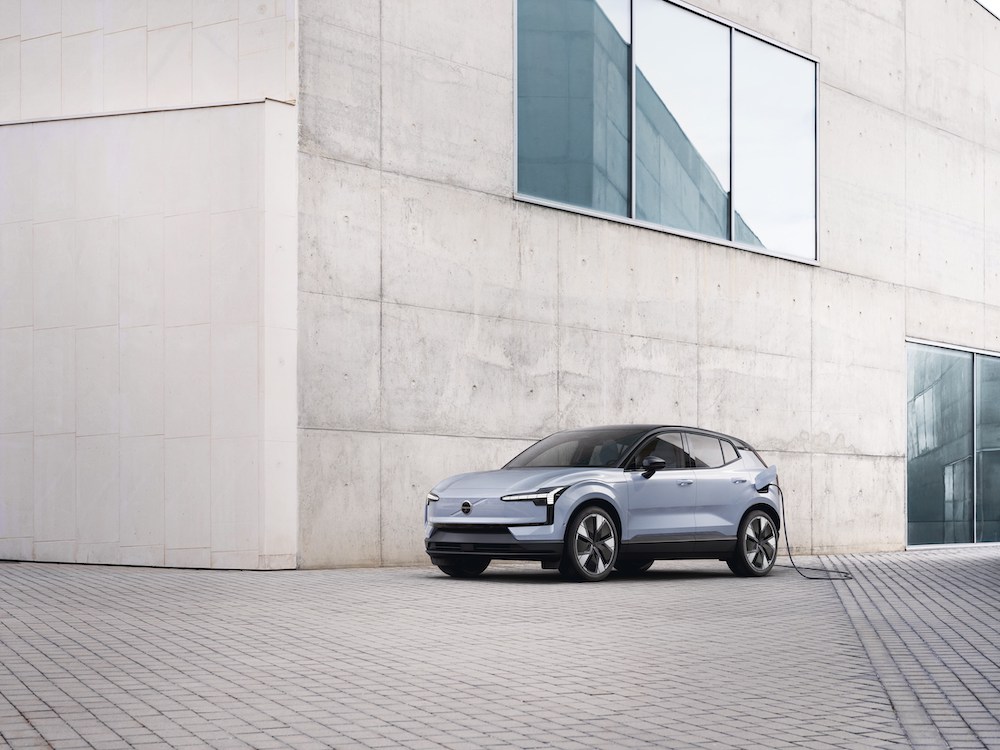
Virtuous examples such as Volvo’s can also be found in the nautical world, especially the sailing industry, with the focus of several shipyards on the search for materials with an almost infinite lifecycle for the production of hulls and furniture. The hope is that the wake will be followed by more and more companies, from yachting to motoring to design.
Federico Rossi





